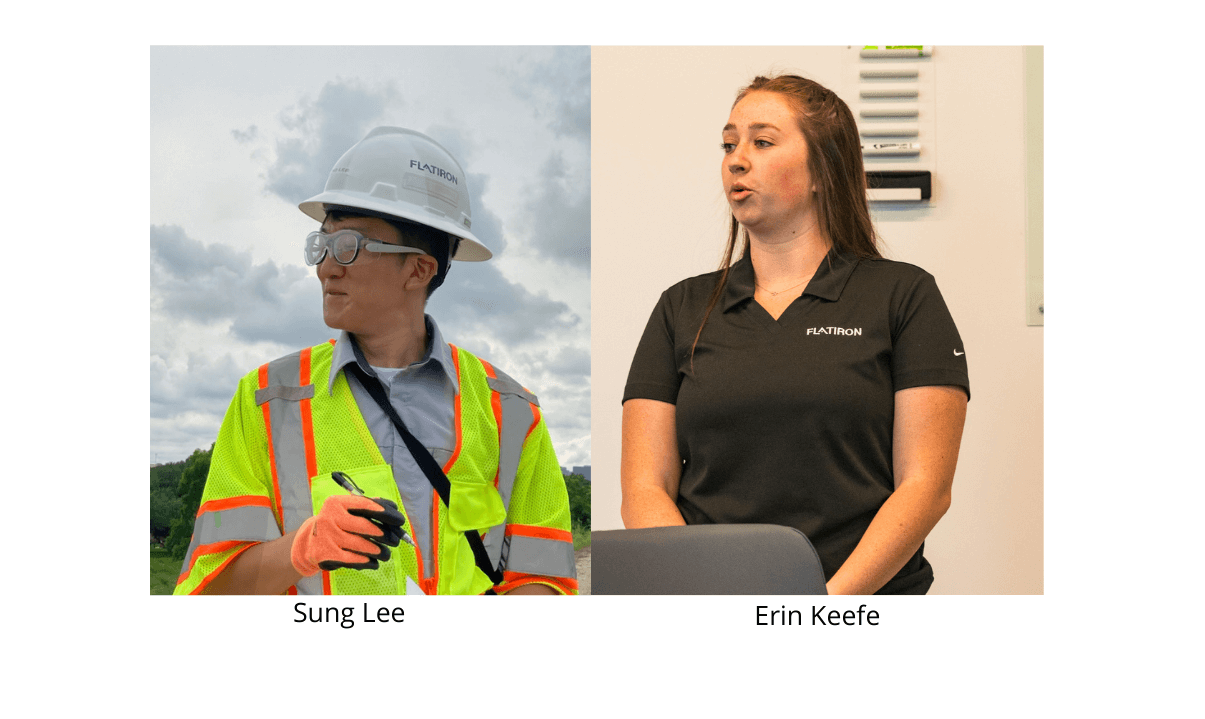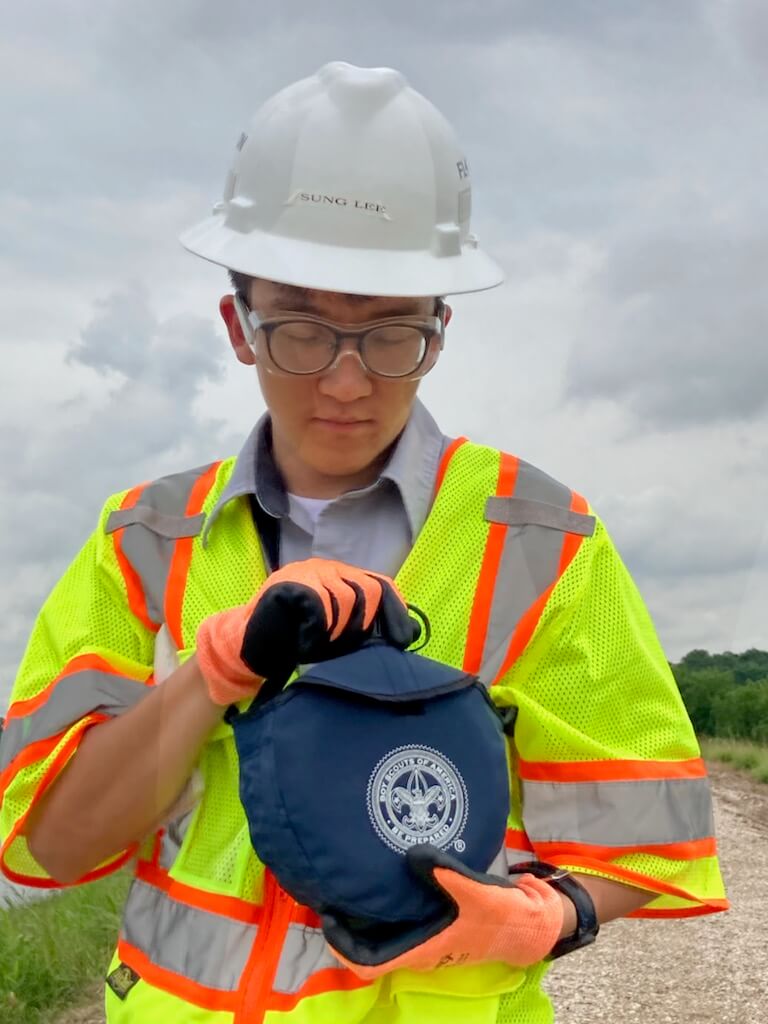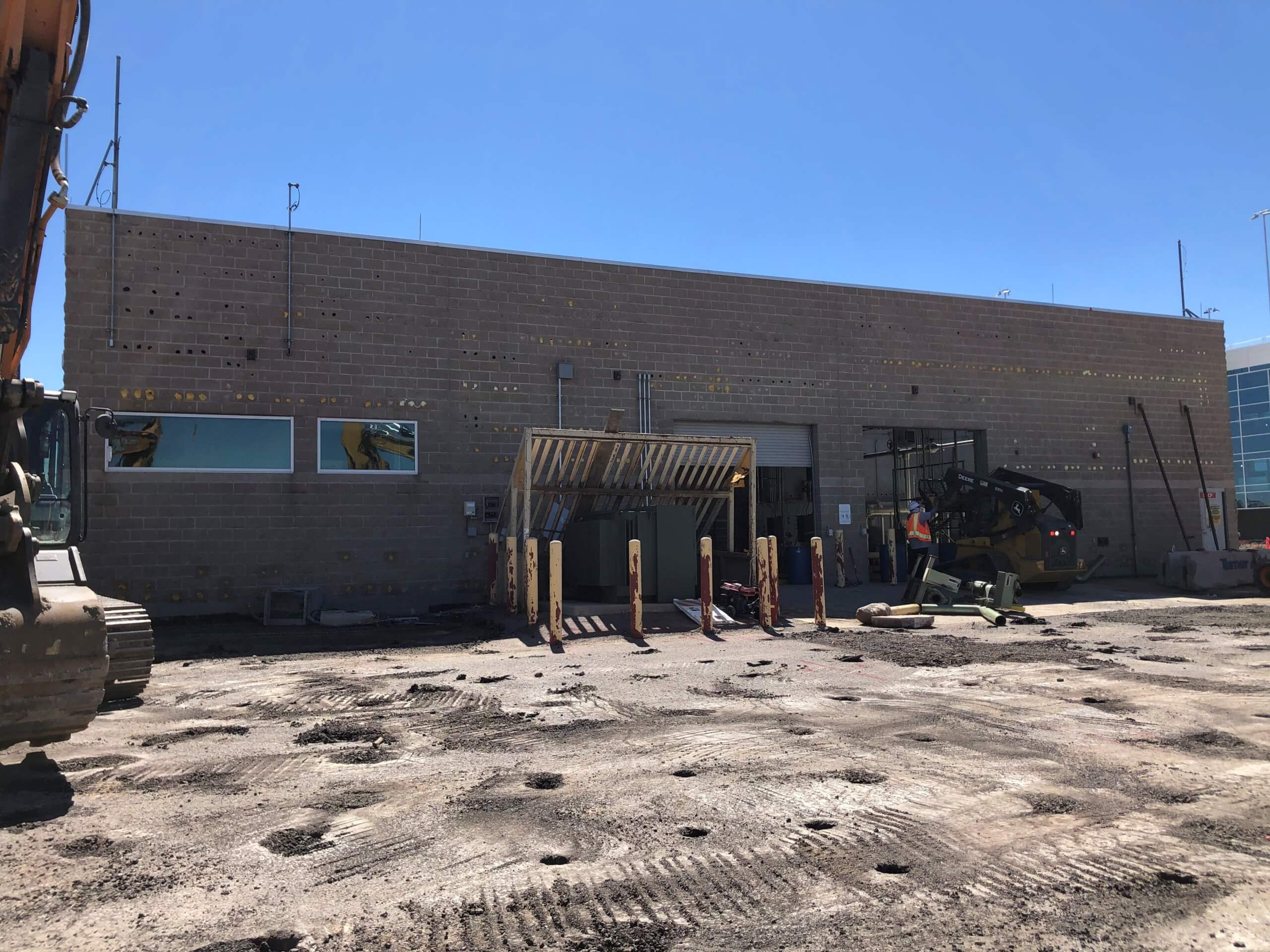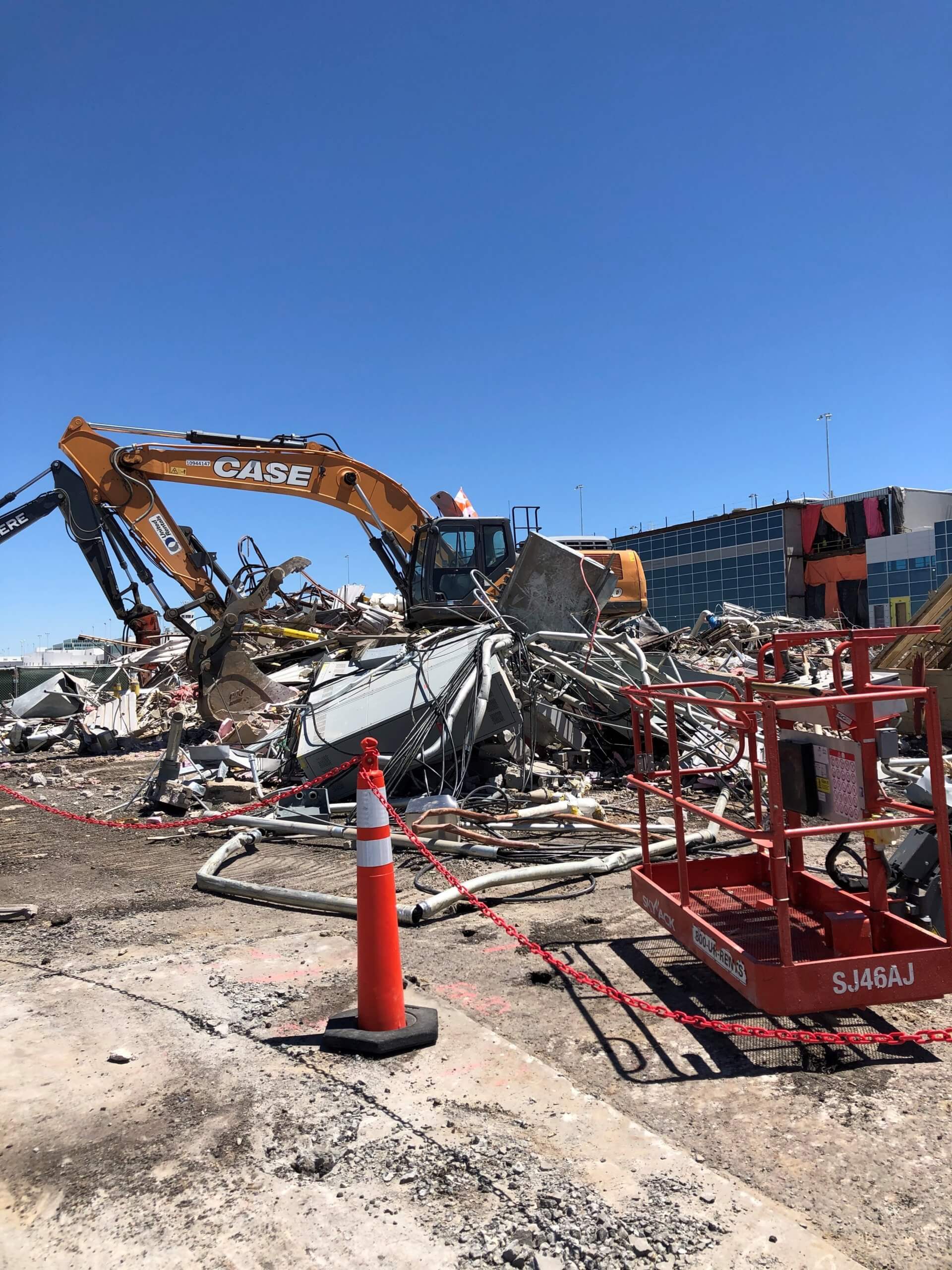Life at Flatiron
Safety Week Teaches Interns Valuable Skills

Interns learn about Flatiron’s foundational core value

Sung here.
At this time, my internship program in Houston has just entered the second week. Our topic today concerns safety. Simply put, the greatest enemy of any intern (experienced or otherwise) is a complacent spirit—of getting too used to the routine of construction and letting ourselves off the hook regarding the rules about safety. There exists a rich diversity in safety regulations and OSHA guidelines for the express purpose of protecting human life, and we ought to remember and refresh ourselves with these abundant albeit stringent policies.
Quite frankly, things like 16″ pieces of rebar can be hazardous if not given proper care. But, on a more positive note, the small yet professional courtesies we show to one another on the field add up. My SSI (Safety Site Inspection) at Flatiron’s Miscellaneous Airport Projects job for the City of Houston was a great learning experience. I worked alongside the project’s Safety Manager Gilbert Cruz. We made sure rebar had caps, everyone had gloves, and fire extinguishers are easily accessible. At Flatiron, we realize small errors can cost more than just time delays or injuries—human lives are literally at stake.
A dedication to safety does not mean a betrayal of camaraderie. When Gilbert and I informed the workers of the apparent risks, they responded with a sincere smile and made sure their area was up to our high standards. Securing the environment for one’s colleagues shows them the appreciation we at Flatiron have for our employees.
At the end of the day, many of us are exhausted from the work piled at our desks and work sites. But that’s never an excuse to get complacent about safety. We at Flatiron are determined to see everyone return home safe and ready for another day of honest, hard work. I have only just begun my Flatiron journey, but by the end of Safety Week as well as my internship, I hope to become a more safety-conscientious, competent construction manager.

Assisting in a key part of work at Denver International Airport
And hello there, my name is Erin!
I am writing to share what I have learned during my safety week as an intern working on the A-West Concourse Expansion Project at Denver International Airport. Flatiron is very dedicated to the idea that interns see all facets of a project, so we have different focus weeks to give us a wider operational perspective.
During safety week, I had the opportunity to assist in the demolition of the old de-ice house. It was retired this past winter, in order to make way for an upgraded facility in a location that makes more sense for the giant airport’s modern needs. The de-ice house was one of the first projects I was introduced to when I started work on the concourse expansion and I became familiar with it very quickly. I had never seen a demolition before and I was excited to become involved. This aligned perfectly with our safety week, as safety is a top priority in ensuring the demolition and production goes smoothly.

Prior to demolition day, there were several steps necessary to prepare the de-ice house. Insulation in the walls needed to be tested for asbestos. That required an environmental report prior to removal. Fortunately, the report came back negative. If the insulation had tested positive for asbestos, the removal process would have been modified to follow strict health and safety precautions. That could have put production behind schedule, but at the end of the day our priority is everyone’s safety.
In addition, several inspections took place, including inspection of a crane (brought in to remove the large boilers and glycol tank), scaffold inspections, ladder inspections, and other material handling equipment inspections. All this was necessary to ensure that all equipment and parts are functioning properly prior to use.
Fall protection was also required for any worker who climbed six feet or more above the ground.
On the morning of demolition day, we held a safety site walk to ensure everything would run smoothly. I was responsible for setting up a controlled access zone (CAZ) to ensure no unauthorized personnel could enter the demolition area. Needless to say, I was tasked with a very important job. The CAZ consisted of cones, red chain, and barricades outlining the perimeter of the area and no trespassing signage with contact information at entry points. It was also key to ensure all employees were wearing proper PPE including hard hats, safety glasses, boots, high visibility vests, gloves and face masks.
Having the opportunity to participate in the demolition of the de-ice house has allowed me to understand all aspects of safety necessary for production and to ensure a safe environment for not only the employees but also bystanders in the area.
